It’s been a while, hasn’t it? I’ve had a couple of images set aside for this purpose, and just added a few more. Let’s see what we have now.
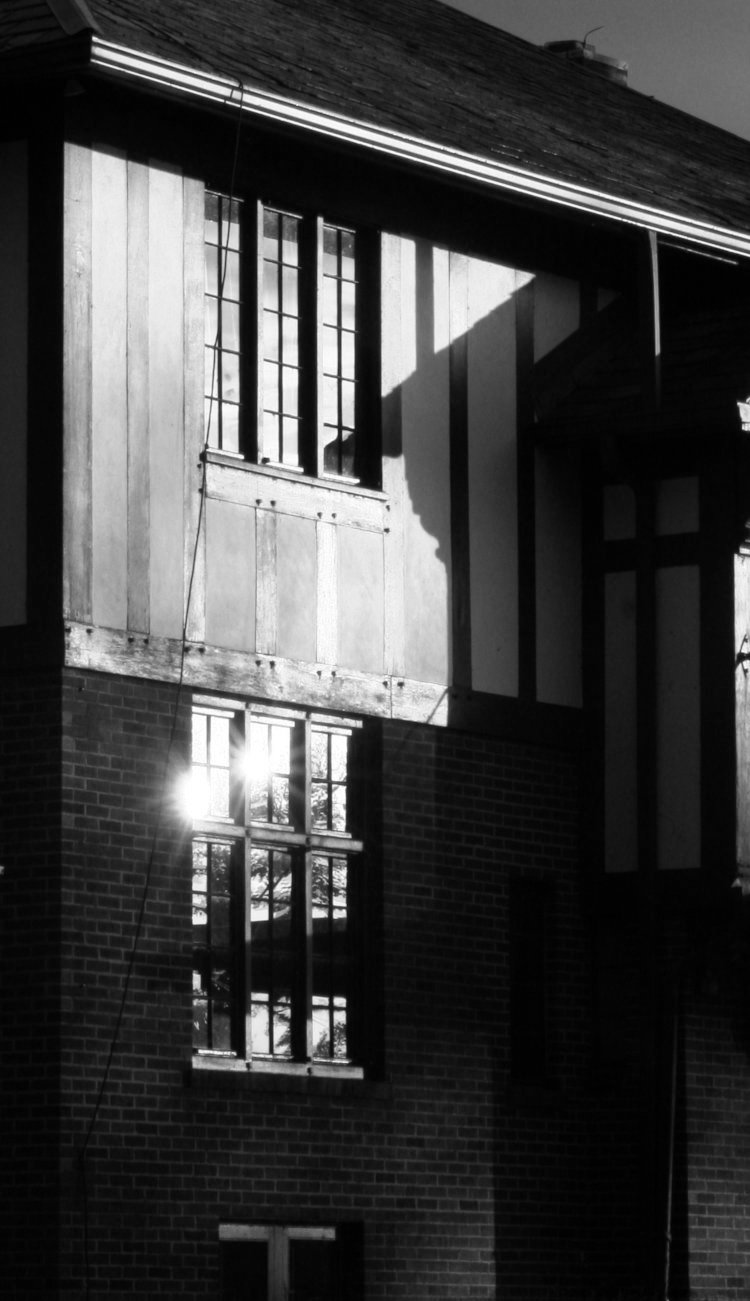
The color version can be found here, but in this case, after converting to individual color channels, I reduced the topmost Red channel to 50% opacity over the underlying Green. Sometimes any one channel is too contrasty, or lacks details that another has, so mixing them in this manner can occasionally produce a useful blend of elements.
Another from the same trip:
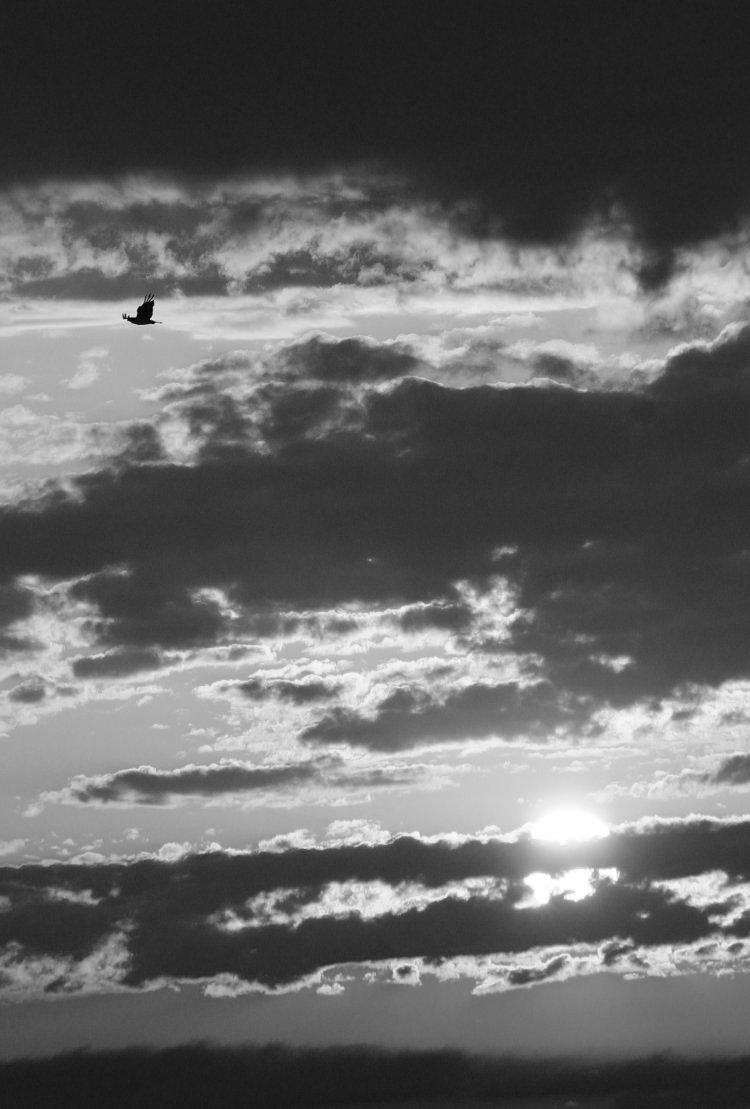
Same basic idea, but here, it was the Green channel reduced to 50% over the Blue, necessary to balance out the sun among the clouds – in the Blue channel, the sun was merely a partial disk with no flare, but the Green lacked contrast within the clouds.
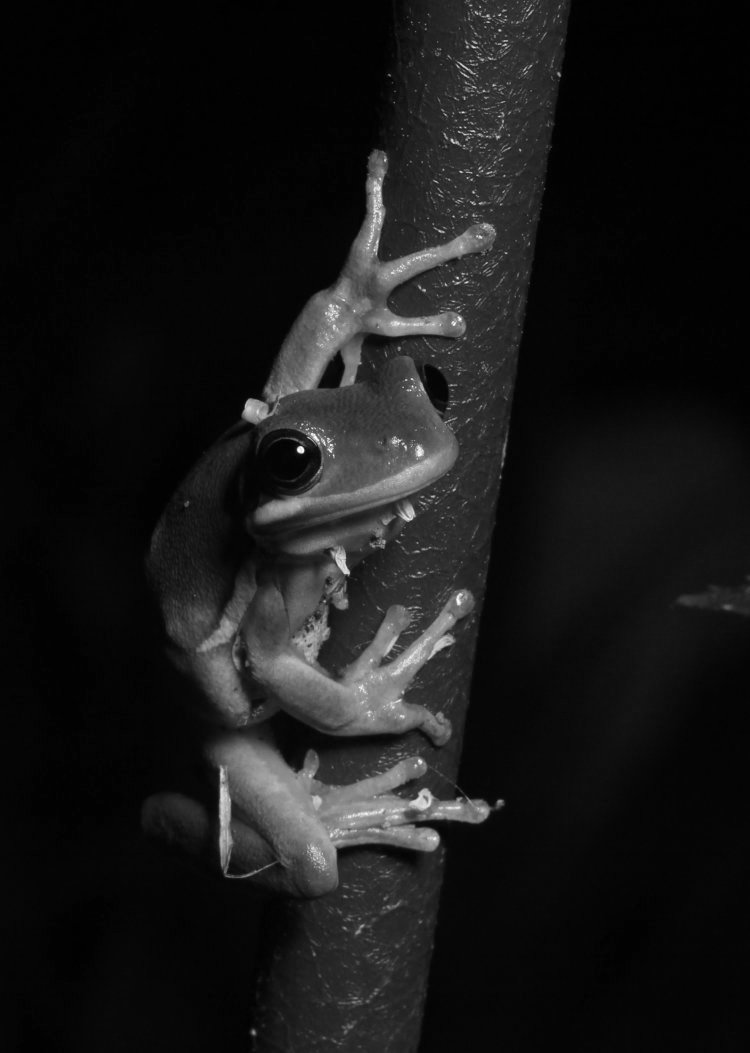
This one was Red at only 25% opacity over the Green, mostly bringing out details that had little green within them.
And now for some more recent ones, without any blending.
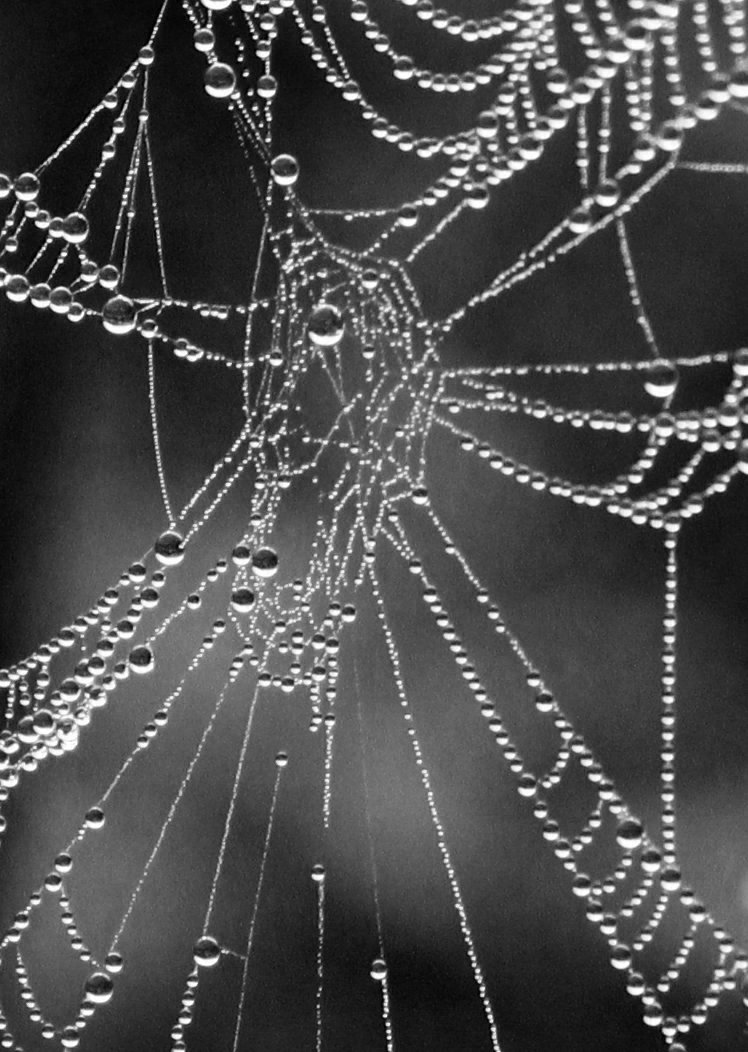
As I was looking for candidates, there was no question that this had to be tried, since it was already pretty sharp in contrast to begin with. In this case, only the Blue channel was necessary. As usual, it produced a little blotchiness from the background, but so did the Red channel, and the Green made the background too bright, so here we are.
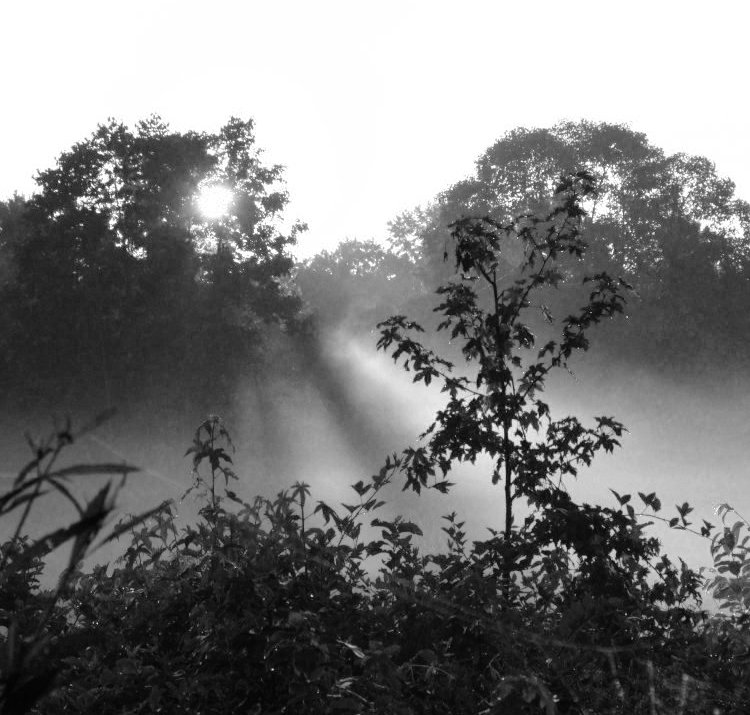
This is only the Red channel, with a slight tweak in contrast, but it’s cropped differently than the original, mostly to eliminate the foliage which became just an expanse of low-contrast darkness without detail – the Green channel would have improved this but then it reduced the contrast of the sun rays too much. The Blue channel, as is often the case, didn’t have much to contribute overall.
And now a curiosity from the same general subject.
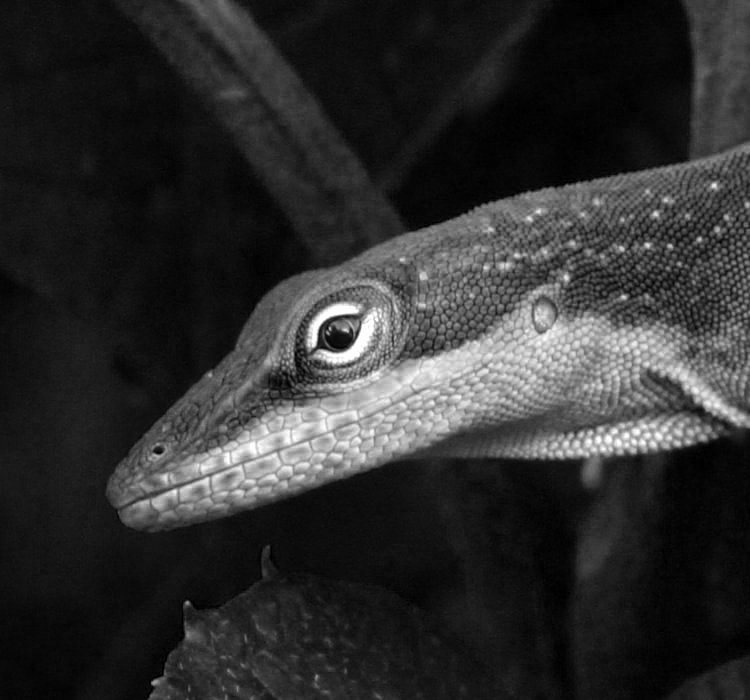
The Blue channel held its own here, despite the prevalence of green from the color version – most especially, it highlighted the subtle spots on the skin behind the head onward, ones you might easily have said weren’t even there (I know I did.)
But then there’s this:
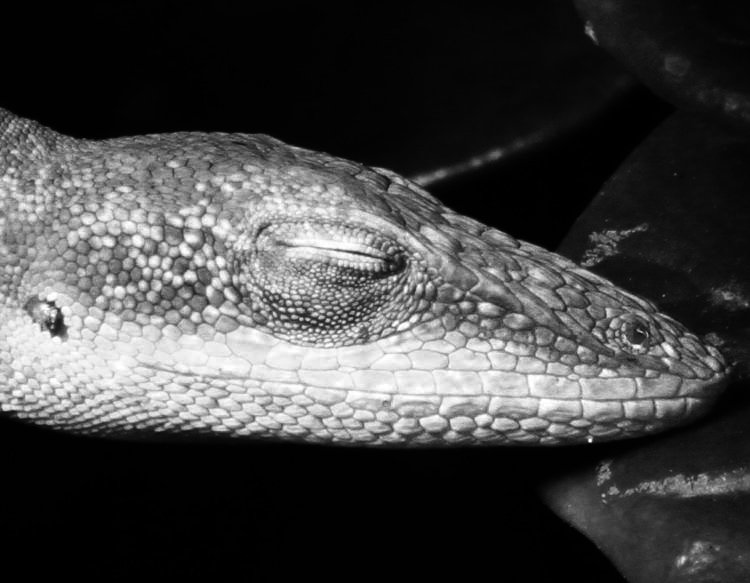
This time it’s the Red channel, and while those color variations were much more visible this time, they’re highlighted more in the monochrome version – well, you know what I mean. If you’d only seen this first, you might suspect that the color pattern on the anole was more varied than it really is.
So play around a bit, more than simply converting to greyscale – you might be surprised at what you can bring up. It doesn’t always work – I rejected as many as I included here – but sometimes you stumble upon a nice new variant to use.



















































